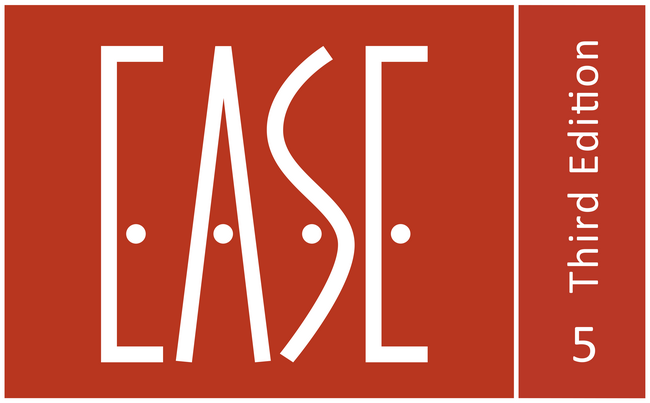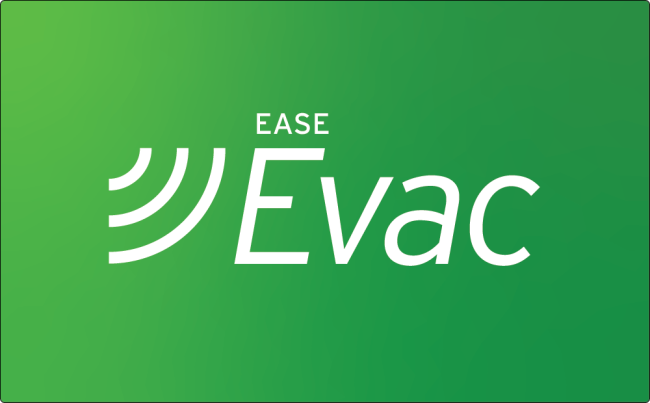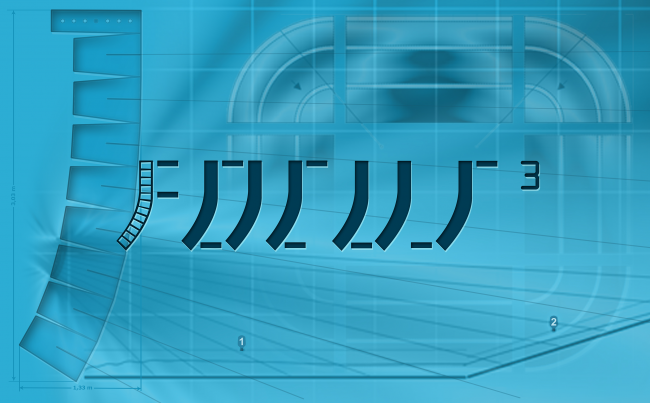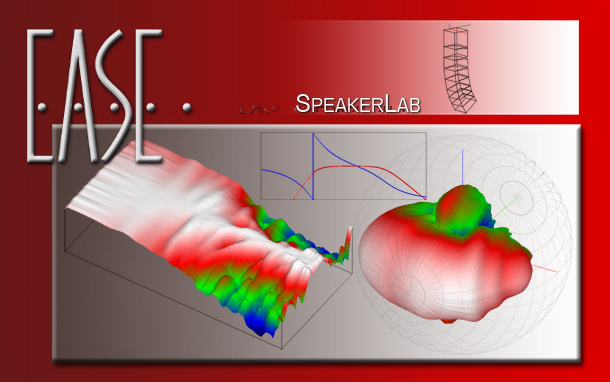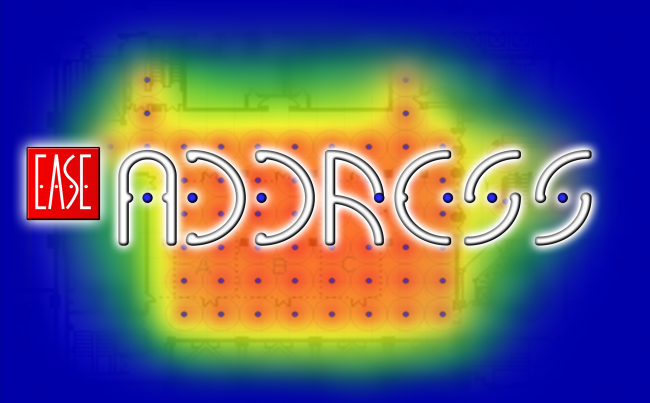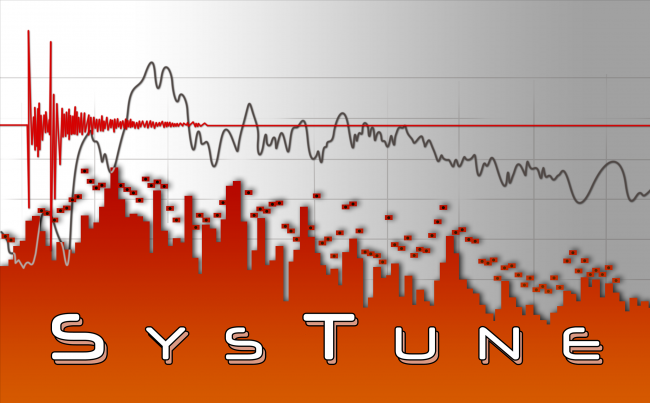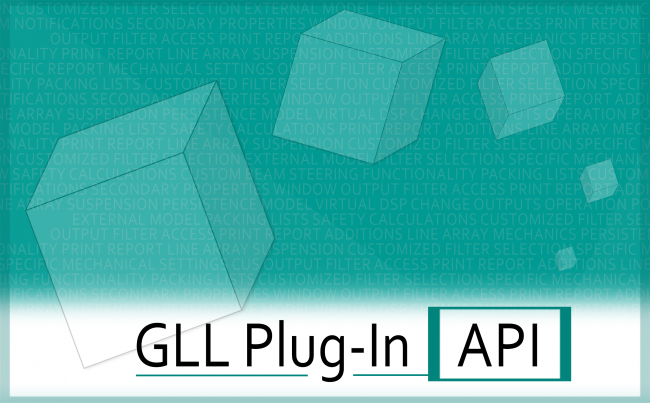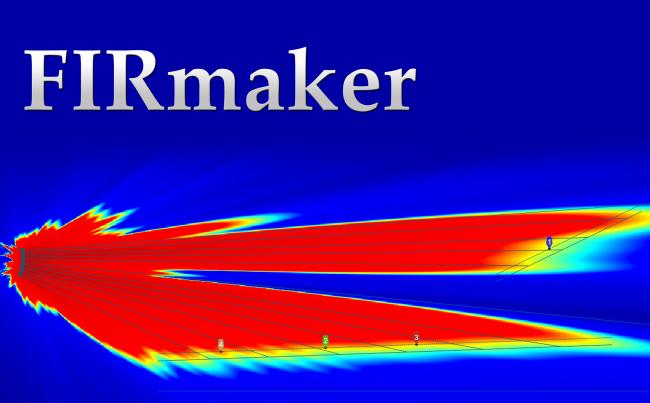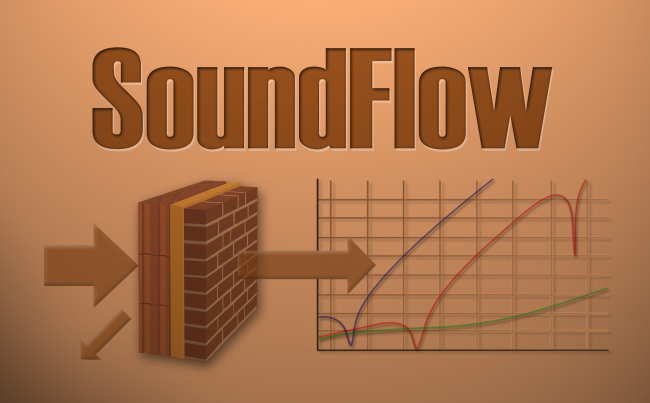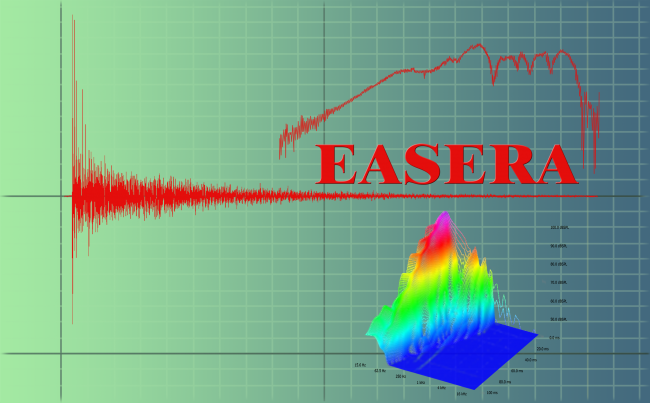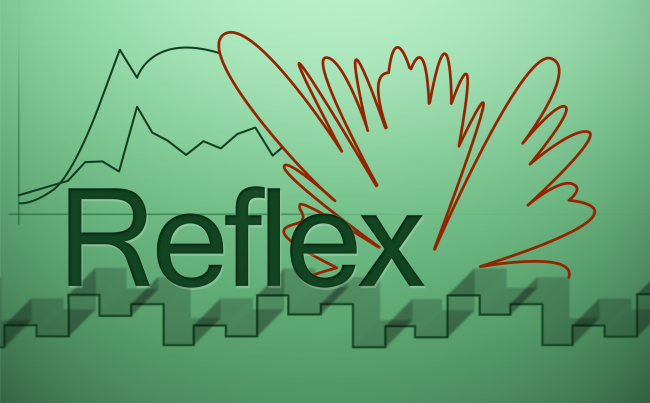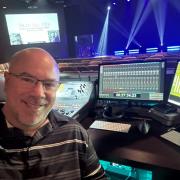EASE Focus - Software & Hardware Requirements
All versions of EASE Focus run on almost every modern Microsoft Windows computer. The following parameters can be seen as an appropriate basis:
EASE Address - Software & Hardware Requirements
All versions of EASE Address run on almost every modern Microsoft Windows computer. The following parameters can be seen as an appropriate basis:
AFMG Reflex - Software & Hardware Requirements
All versions of Reflex run on almost every modern Microsoft Windows computer. The following parameters can be seen as an appropriate basis:
AFMG SoundFlow - Software & Hardware Requirements
All versions of SoundFlow run on almost every modern Microsoft Windows computer. The following parameters can be seen as an appropriate basis:
EASE Evac - Software & Hardware Requirements
EASE Evac runs on almost every modern Microsoft Windows computer. The following parameters can be seen as an appropriate basis:
EASE 4 - Software & Hardware Requirements
All versions of EASE and its modules run on almost every modern Microsoft Windows computer. The following parameters can be seen as an appropriate basis:
AFMG FIRmaker (White paper)
This is the White Paper for AFMG FIRmaker. It contains detailed information on the FIRmaker technology, comparisons between optimized and non-optimized systems as well.
EASE Compact Training
Please refer to the instructor´s website for more information and registrations.
Duis mollis, est non commodo luctus, nisi erat porttitor ligula, eget lacinia odio sem nec elit. Maecenas faucibus mollis interdum. Duis mollis, est non commodo luctus, nisi erat porttitor ligula, eget lacinia odio sem nec elit.
Coated Faces
Does a coat face change the RT of a room or can it only serve for presentation purposes (like edges)?
A coat face is a face that replaces (acoustically) the covered part of the face it is assigned to.
That means:




